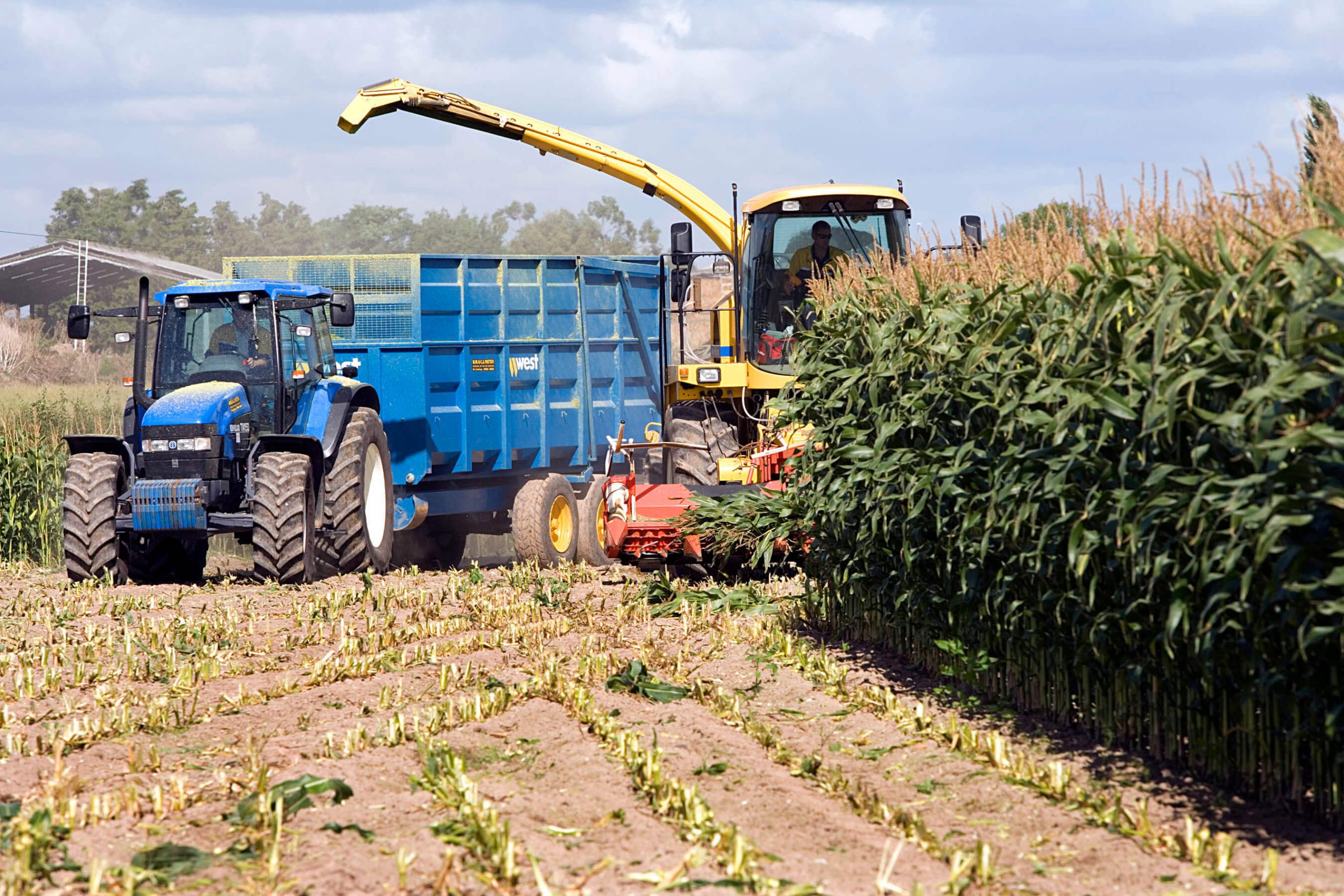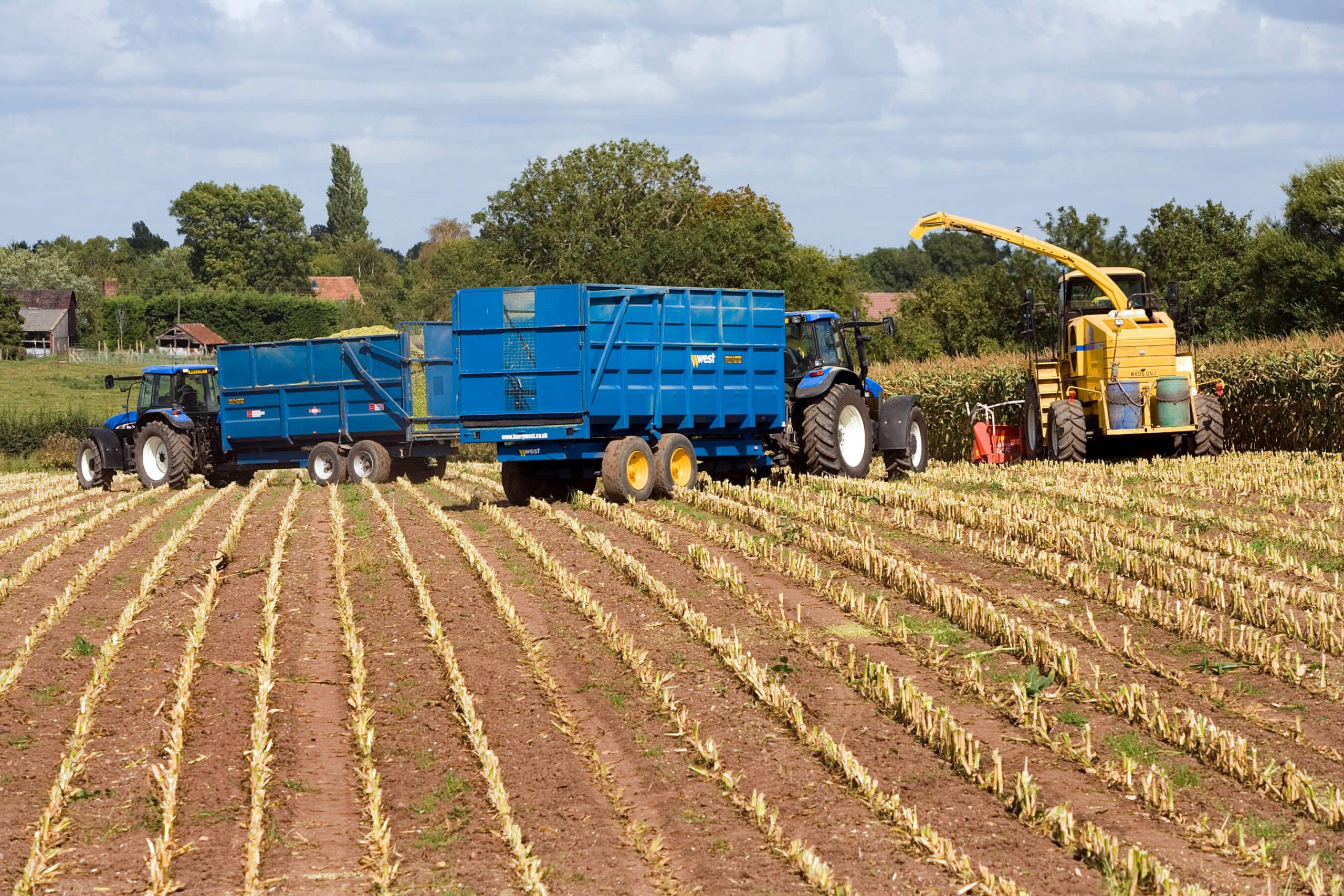With the maize harvest underway, it serves as a timely reminder of the problems associated with leaving land bare over winter. But it’s not too late to put grass seed in the ground and establish some cover to protect your land this winter.
The environmental and soil erosion risks of uncovered ground are well documented and the increased incidence of extreme rainfall events during winter has led to spikes in river phosphate levels, largely attributed to run-off.
Leaving stubbles bare over the winter is becoming increasingly unsustainable and is expected to be addressed via legislation before too long.
Why ground cover protects soil health
Establishing ground cover after the maize harvest protects both the soil and its nutrients. Working to retain these two elements is crucial and provides the building blocks for subsequent successful crop growth.
The leaf cover of an establishing crop helps reduce topsoil erosion and run-off, minimising leaching and nutrient loss. At the same time, root development creates channels and natural air pockets which improve soil structure and allow water to pass through the soil.
Additional feed supply
With forage in short supply on many farms this autumn, sowing a crop immediately post-harvest can also provide a useful source of additional feed. In areas too dry to successfully undersow maize earlier in the year, putting in a fast-growing crop now that rain has arrived creates a welcome opportunity to replenish feed stocks.
Which grass species are available for sowing in autumn?
A fast-growing species such as Italian ryegrass is ideal for drilling post-harvest. It doesn’t need a well-defined seedbed so can be drilled straight into maize stubble if there isn’t any compaction. Italian ryegrass is quick to establish and continues to grow at lower temperatures than other grass species.
Another rapidly establishing option is Germinal’s high sugar festulolium AberNiche, which shows improved quality over most Italian ryegrasses. As well as taking off quickly, it is deep-rooted so also tolerant of cold weather conditions and will help produce more soil organic matter.
With reasonable ground temperatures and adequate day length in autumn, an Italian ryegrass or festulolium can offer cost-effective grazing for stock at the end of the season or an early bite next spring.
Benefits of winter ground cover
- Better soil retention (particularly where fields are sloping)
- Adds soil organic matter back into topsoil and retains carbon
- Retention of nitrogen otherwise leached from uncropped overwinter stubbles
- Maintenance of live root structures, enhancing soil integrity and microbial activity such as earthworms
- Cross-compliance good practice
- Valuable additional forage for winter grazing, taking pressure off grazing platforms
- Quick establishment for successive crop due to cover of existing crop and nutrients available
Ask an expert


